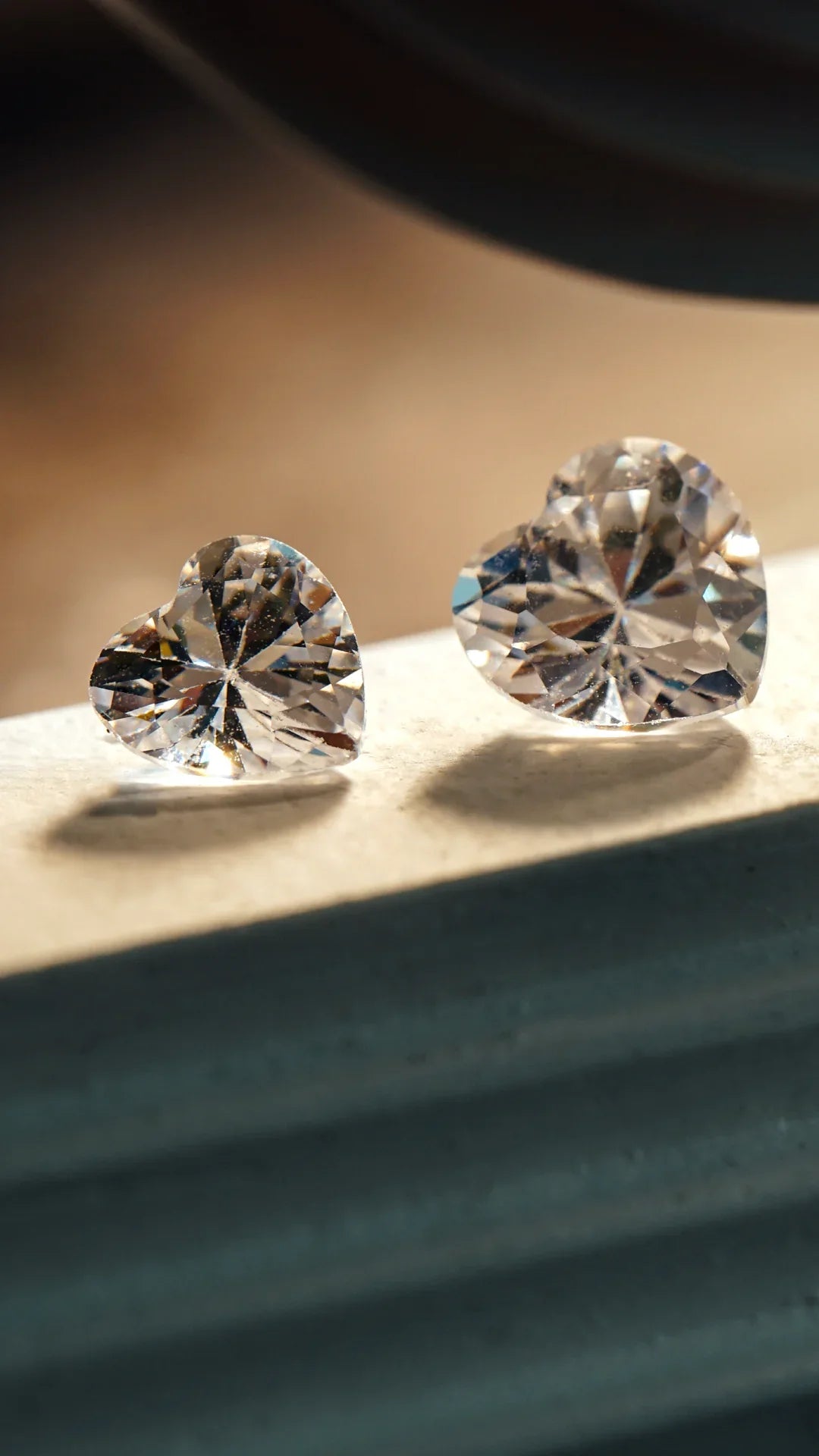How to Buy a Diamond
Understand the 4Cs of Diamond Quality

The GIA 4Cs of diamond quality will help you learn how to buy a diamond. This basic knowledge will not only unlock the mystery of a diamond’s quality, it will also help you understand a diamond’s value and price.
- Diamond Color In most diamonds, the term actually refers to the absence of color. The less color in the stone, the more desirable and valuable it is. Some of these differences are not visible to the naked eye, but directly impact the overall quality and price of the stone.
- Diamond Clarity measures the amount, size and placement of internal ‘inclusions,’ and external ‘blemishes.’ Grades run from ‘Flawless,’ with virtually no imperfections, to ‘Included,’ which contain a significant number of imperfections.
- Diamond Cut does not refer to a diamond’s shape, but to the proportion and arrangement of its facets and the quality of workmanship. The amount of brilliance, sparkle and fire in a diamond is determined by cut. Grades range from ‘Excellent’ to ‘Poor.’
- Diamond Carat refers to a diamond’s weight. Generally speaking, the higher the carat weight, the more expensive the stone. Two diamonds of equal carat weight, however, can have very different quality and price when the other three Cs are considered.
No matter how beautiful a diamond may look you simply cannot see its true quality. Knowing more about the 4Cs of diamond quality will help you learn how to buy a diamond. The 4Cs provide you with the information you need to know the diamond’s actual quality.
Choose a jeweler as you would choose a doctor
Your jeweler should be armed with expert training, open to questions and able to explain how to buy a diamond in clear, simple language. A jeweler’s professional training can help you evaluate how knowledgeable he or she is. Preferably, their training comes from a highly recognized and internationally accredited program, such as the GIA Graduate Gemologist (GG) or Applied Jewelry Professional (AJP) diploma programs. As your personal diamond-buying guide, an educated jeweler will not only explain the 4Cs of Diamond Quality to you, but will also be able to demonstrate the differences between apparently similar stones. They will encourage you to compare a number of diamonds that fall in your budget.
Insist On a Diamond Grading Report

A diamond grading report from an unbiased, scientific source such as GIA is more than important information, it’s proof of what you are buying. The differences in diamonds can be so subtle, even a trained jeweler can’t recognize them without lab verification. Insist that any diamond you buy come with an indisputable verification of its quality.
Protect Your Purchase

Once you’ve purchased the right diamond, have it appraised and insured. Appraisers and insurers rely on diamond grading reports to accurately evaluate the value of gems. As an additional measure, consider having your diamond laser-inscribed with its GIA report number, to provide verification if it is ever lost or stolen.
WHAT IS A GIA GRADUATE GEMOLOGIST (GG)?
The prestigious GIA Graduate Gemologist diploma program teaches jewelers the science and technical knowledge needed to deal with the entire spectrum of diamonds and colored stones. The distinguished GIA GG designation at the end of an individual’s name is instantly recognized around the world as the mark of a senior professional in the jewelry industry.
WHAT IS AN APPLIED JEWELRY PROFESSIONAL (AJP)?
The GIA Applied Jewelry Professional credential is a professional development program designed specifically for sales associates and provides them the essential product knowledge to communicate the right information on how to buy a diamond to their customers.






